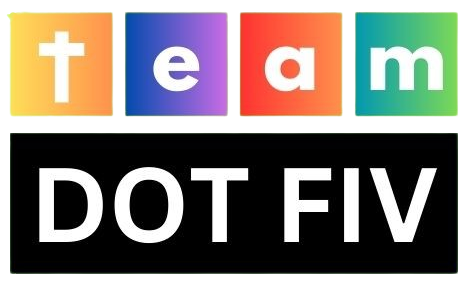Buying a home is a significant milestone in many people’s lives. It’s a symbol of stability, security, and a place to call your own. However, for most of us, purchasing a home isn’t something we can do outright. That’s where home financing comes into play. Whether you’re a first-time buyer or someone looking to upgrade, understanding the basics of home financing is crucial. In this beginner’s guide, we’ll delve into the fundamental concepts and processes involved in home financing.
What is Home Financing?
Home financing, also known as a mortgage, is a loan obtained from a financial institution to purchase a home. Instead of paying the entire purchase price upfront, you pay a down payment and then make regular monthly payments over a specified period, usually 15 to 30 years, until the loan is fully repaid.
Types of Home Loans
There are several types of home loans available, each with its own terms and conditions. Some common types include:
- Conventional Loans: These are traditional loans not insured or guaranteed by the government. They typically require a higher credit score and down payment but offer flexibility in terms.
- FHA Loans: Insured by the Federal Housing Administration, FHA loans are popular among first-time buyers and those with less-than-perfect credit. They require lower down payments and have more lenient credit requirements.
- VA Loans: Available to eligible veterans, active-duty service members, and their spouses, VA loans are guaranteed by the Department of Veterans Affairs. They often require no down payment and have competitive interest rates.
- USDA Loans: Backed by the U.S. Department of Agriculture, USDA loans are designed to help low- to moderate-income individuals in rural areas purchase homes. They offer 100% financing and low-interest rates.
3. Down Payment and Interest Rates?
When purchasing a home, you’ll typically need to make a down payment, which is a percentage of the purchase price paid upfront. The size of your down payment can affect the interest rate you’re offered. A larger down payment often results in a lower interest rate, while a smaller down payment may lead to higher monthly payments and interest costs over the life of the loan.
4. Understanding Interest Rates
Interest rates play a significant role in home financing. They determine the cost of borrowing money and can significantly impact your monthly mortgage payments. Interest rates can be fixed, meaning they remain the same throughout the life of the loan, or adjustable, where they can fluctuate over time based on market conditions.
5. Loan Term
The loan term refers to the length of time over which you’ll repay the loan. Common loan terms include 15-year and 30-year mortgages, although other options may be available. Choosing the right loan term depends on your financial situation, long-term goals, and risk tolerance.
6. Closing Costs
In addition to the down payment and monthly mortgage payments, homebuyers are also responsible for closing costs. These are fees associated with finalizing the home purchase transaction and can include appraisal fees, title insurance, attorney fees, and loan origination fees. It’s essential to factor in closing costs when budgeting for your home purchase.
7. Pre-approval vs. Pre-qualification
Before you start shopping for a home, it’s a good idea to get pre-approved or pre-qualified for a mortgage. Pre-qualification is a preliminary assessment of your financial situation to determine how much you may be able to borrow. Pre-approval, on the other hand, involves a more thorough review of your financial information by a lender.





 No products in the cart.
No products in the cart.